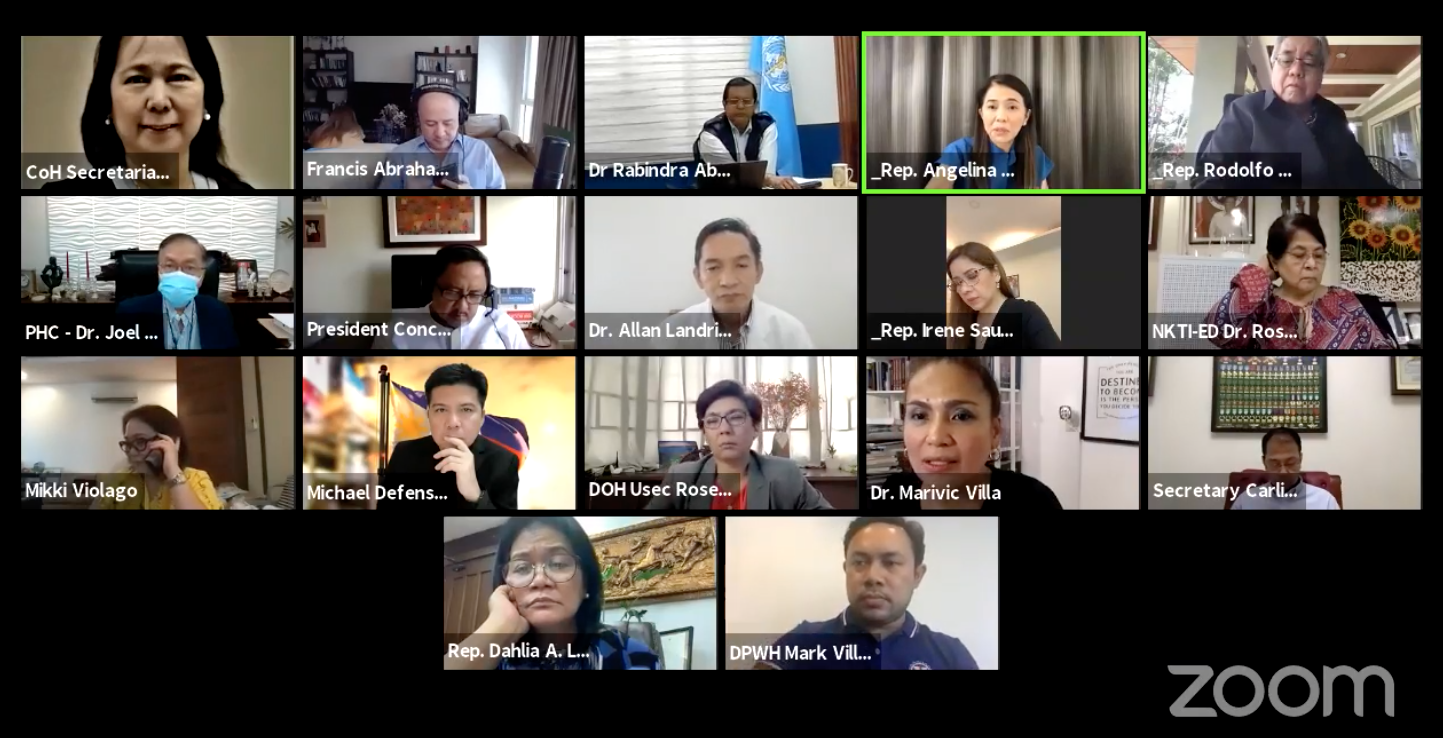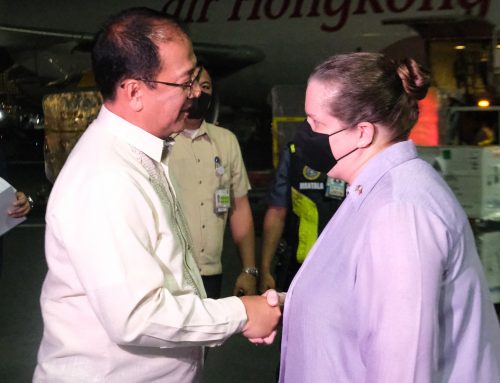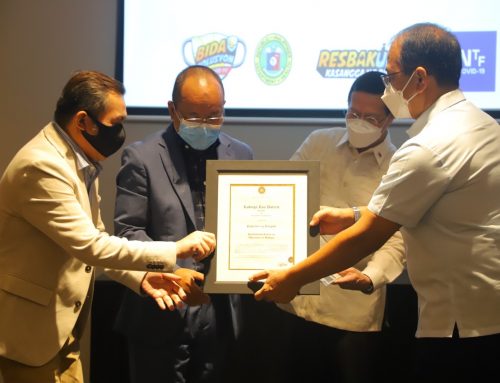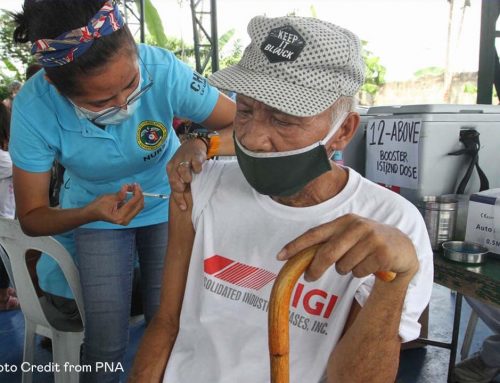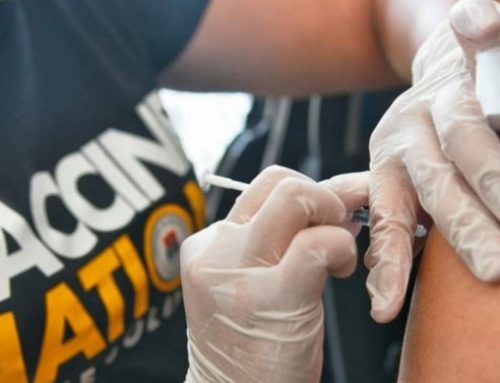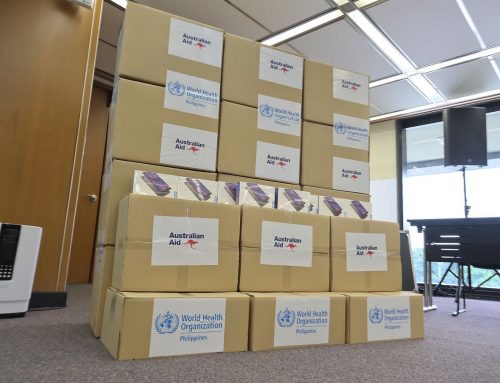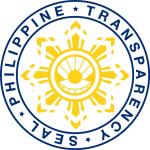HOUSE OF REPRESENTATIVES — The government’s anti-COVID Czars as well as top health officials underscored to members of Congress the aggressive COVID-19 response and mitigation efforts being carried out by the national government to contain the spread of the disease amid the surge in cases.
In a virtual public hearing called by the House of Representatives’ Committee on Health, National Task Force (NTF) against COVID-19 officials highlighted the measures being implemented by the Duterte Administration to strengthen the nation’s testing, contact-tracing and treatment capacity.
The hearing comes just a few days after the National Capital Region, including the provinces Bulacan, Cavite, Laguna, and Rizal, or what has been referred to as the NCR Plus Bubble, have been placed under the Enhanced Community Quarantine (ECQ) from March 29 to April 4.
“This ECQ we are having right now aims to slow down the surge of cases, stop the spread of the variants, allow the health system to recover, and eventually protect more lives,” explained Health Undersecretary Maria Rosario Singh-Vergeire.
Ramping up testing capacity
NTF against COVID-19 Deputy Chief Implementer and Testing Czar Secretary Vivencio Dizon highlighted the major improvements made in the nation’s testing capacity since the health crisis broke out last year.
“If you remember in February 2020, we only had one laboratory testing for COVID-19. It was during this period that we even needed to bring specimens all the way to Australia to get results for COVID-19,” Dizon said,
“But through the efforts of the DOH and the RITM (Research Institute for Tropical Medicine) and other agencies and private sector, those labs now stand at 239 labs as of March 30, 2021,” he added.
According to Dizon, the increased number of laboratories enabled the nation to boost its testing capacity from only 24,000 tests in April 2020 to about 10 million tests as of March 28.
He noted that the country is now averaging at 51,143 tests per day compared to the less than 1,000 tests daily being done a year ago.
Dizon said the government is now ramping up testing in the NCR Plus Bubble in a bid to contain the spread of the disease.
Re-capacitating contact tracers
NTF against COVID-19 Tracing Czar Baguio Mayor Benjamin Magalong said the task force will “recapacitate and mentor again all other LGUs that are in need of help in contact tracing like NCR.”
Magalong said that re-training for around 258 uniformed personnel on contact tracing is set to begin on Wednesday, while another 600 contact tracers will be trained within the week.
According to Magalong, they will also prioritize the re-training requests of regions 12 and 5.
“We will also continue to support and mentor LGUs who are in need of [assistance] in analyzing their cases,” Magalong said.
Increasing quarantine facilities, bed capacities
NTF against COVID-19 Isolation Czar Secretary Mark Villar showed the improvements made by the government in the country’s isolation capacity.
According to Villar, as of March 30, the Department of Public Works and Highways (DPWH) has completed the construction of 635 temporary treatment and monitoring facilities (TTMFs) with a total bed capacity of 23,421.
Villar said the DPWH targets to complete 720 TTMFs with a total bed capacity of 26,099 by April of this year.
“We are constantly monitoring the occupancy to see where the most optimal cases [are], where the need is,” he said.
Villar said the occupancy rate for quarantine facilities nationwide stands at 15%, where the highest occupancy rate was recorded at the NCR at 61.8%.
Villar said they will be increasing the bed capacity of TTMFs in the NCR, as well as add more ICU beds in public hospitals.
Expansion to ONE COVID Referral Network
Health Secretary Francisco Duque III said the DOH is eyeing the expansion of the current ONE Hospital Command Center (HOCC) to ONE COVID Referral Network in order to cater to more patients nationwide.
“Yung ONE Hospital Command Center (HOCC) is planning expand into becoming a ONE COVID Referral Network para talagang the whole system of the health care services ay may integration ‘nung system — from the lower level facilities beginning with the BHERTs, beginning with the isolation treatment facilities, to the infirmary, to the district hospitals level 1, level 2, level 3,” said Duque.
“‘Yan po ang gagawin pero it will require a much more sophisticated navigation system and also coupled with a database management system. Corollary to that, under the Universal Healthcare Law, ‘yung primary care facilities is being pursued, nagkaroon lang ng kaunting aberya dahil sa COVID-19 pandemic but this is one of the immediate deliverables under the Universal Healthcare Law,” Duque added.
Duque said he is confident that the establishment of ONE COVID Referral Network will enable the government to better respond to the health needs of Filipinos, particularly in linking COVID-19 patients with health care facilities.
Meanwhile, NTF against COVID-19 Treatment Czar Leopoldo “Bong” Vega briefed members of Congress on the efforts being done by the government to further boost the country’s treatment capacity.
“We have imposed on the public and private hospitals since last year to increase their bed capacity from private to 20%, government hospitals to 30%,” Vega said.
“We were able to set up the ONE Hospital Command and we are now trying to improve on this since we are adjusting in terms of the number of personnel and the upgrade of our telecommunication. And we also did augmentation of medicines and medical supplies for COVID-19,” he added.
Three million inoculations per week
In the meantime, NTF against COVID-19 Chief Implementer and Vaccine Czar Secretary Carlito G. Galvez, Jr. outlined the government’s multi-pronged strategy to build up the nation’s vaccine inventory and accelerate the implementation of the immunization program.
“For 2021, our strategy is containment strategy, meaning we have to achieve a steady supply of vaccines, we have to strategize also our vaccination through the mobilization of national resources, including the national government, the LGU, and the private sector,” Galvez said.
The government, he said, intends to raise the number of inoculations from 500,000 to 1 million per week. This figure might increase to 2 million to 3 million per week once the country has sufficient vaccine doses by June of this year.
Galvez said 2,497 vaccination sites have already been established across 771 cities and municipalities.
“We have to dedicate our minds, we are really heading to health sufficiency for the next pandemic. I believe the universal health care that we have promoted and enacted is not enough, we have to work towards the Health Security Act or maybe the DOH modernization program in order for us to fully bridge the valley of death,” said Galvez.
Congresswoman Angelina “Helen” Tan, Quezon City 4th District representative and chairperson of the Lower House’s Committee on Health, agreed with Galvez’ views, as she informed the vaccine czar that such a bill has been passed by the House of Representatives.
“We have already passed a bill called the National Health Security Act. Kindly help us to lobby and push that bill in the Senate, sir,” Tan said.
The congresswoman was referring to the consolidated house bill which the House of Representatives passed last year.
The said bill, which is a merged version of HB 6493 and HB 6081 filed by Tan and Muntinlupa Lone District Representative Rozzano Rufino Biazon, respectively, calls for the creation of a Philippine National Health Security Council.
The council will be tasked to craft a national health security plan, which according to Tan in an earlier statement. “captures national priorities for health security, brings sectors together, identifies partners and allocates resources for health security capacity development.” ###


